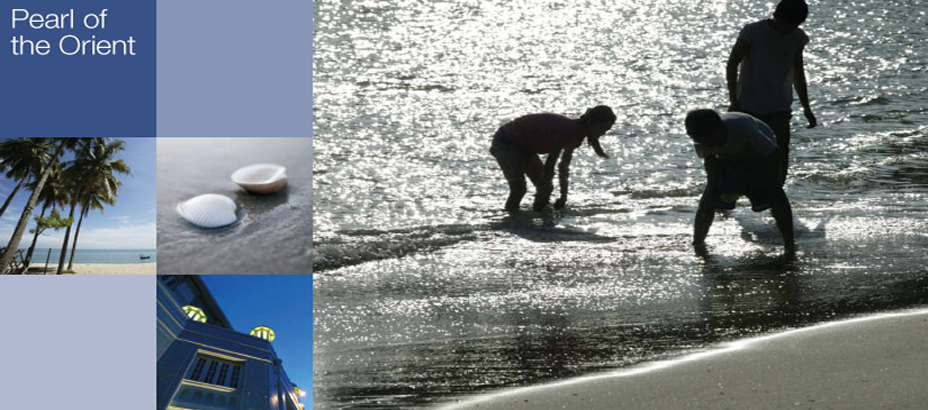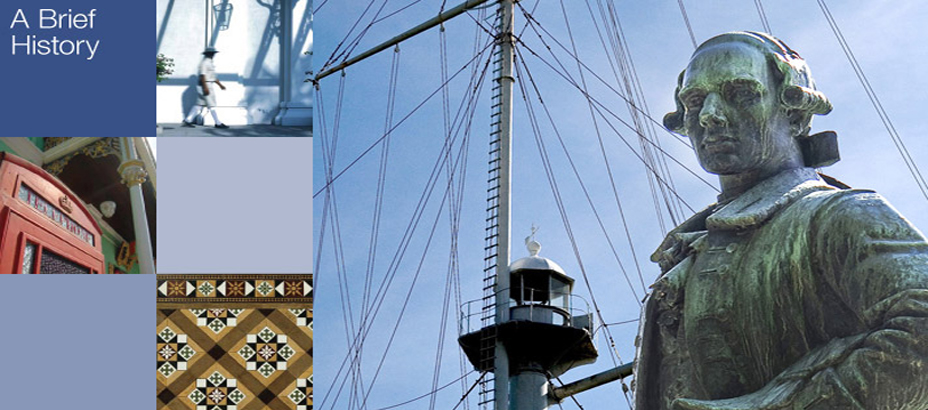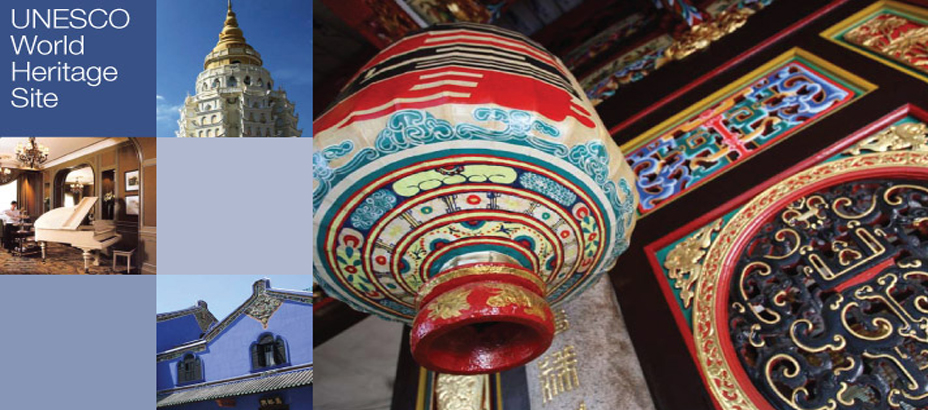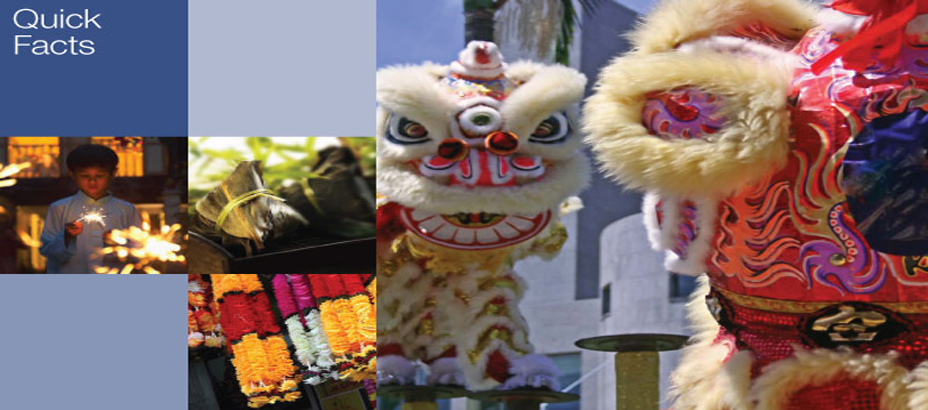Pearl of the Orient
The Malaysian island of Penang is a celebration of colours, cultures and colonial charm that stretch back over two centuries. But it is not the kind of history you will find consigned to musty books. It is alive and well in the people and places, feasts and festivals across the island today – an island once dubbed by sailors and seafarers as The Pearl of the Orient.
A Brief History
Once part of the Malay Sultanate of Kedah, Penang was turned over to the British East India Company in 1786 in an agreement between the Sultan of Kedah and Captain Francis Light, credited by western historians as the ‘founder’ of Penang. The first British trading post in the Far East, Penang soon became one of the foremost ports in Asia. Its strategic location between east and west ensured that goods and influences flowed in from Suffolk to Sumatra, Cairo to Cochin, Bombay to Bristol.
UNESCO World Heritage Site
Penang’s unique marriage of Asian and European influences has endowed the island with a specific multi-cultural heritage that is both tangible and intangible. With such distinct character reflected in its residential and commercial buildings, the kind that constitutes a unique architectural and cultural townscape unparalleled anywhere in East and Southeast Asia, it is no wonder that George Town was listed as a UNESCO World Heritage Site in 2008.
Quick Facts
CLIMATE
Penang’s year-round tropical climate is surpassed only by the warmth of the people you will meet. Rain makes and appearance during the southwest monsoon between April and September. Breezy days are not uncommon either, especially along the coast. After all, it is an island.
POPULATION
Approximately 1.4 million people make their home of the island of Penang. Ethnic Chinese, Malay and Indians mingle easily with a sizeable expatriate community. Penang’s distinctive Peranakan community, also known as Straits Chinese or Baba and Nyonya, are descended from early Chinese immigrants who settled in the Straits Settlements of Penang, Malacca and Singapore.
FESTIVALS
Both religious and cultural festivals are an intrinsic part of Penang life. The Hindu Thaipusam Parade, the annual Taoist Nine Emperor Gods Festival as well as the Catholic St. Anne’s Feast in Bukit Mertajam provide a colourful counterpoint to more recent additions such as the Japanese community’s Bon Odori Festival held annually at the Esplanade.
FEASTS
Where there are festivals, there are also feasts. Penang is justifiably famous for its extraordinary array of cuisines, ranging from the fusion flavours of its Peranakan heritage to world-class fare from across the seven seas. But it is Penang’s street-hawker offerings drawn from its multi-cultural milieu that truly set the taste buds tingling.




